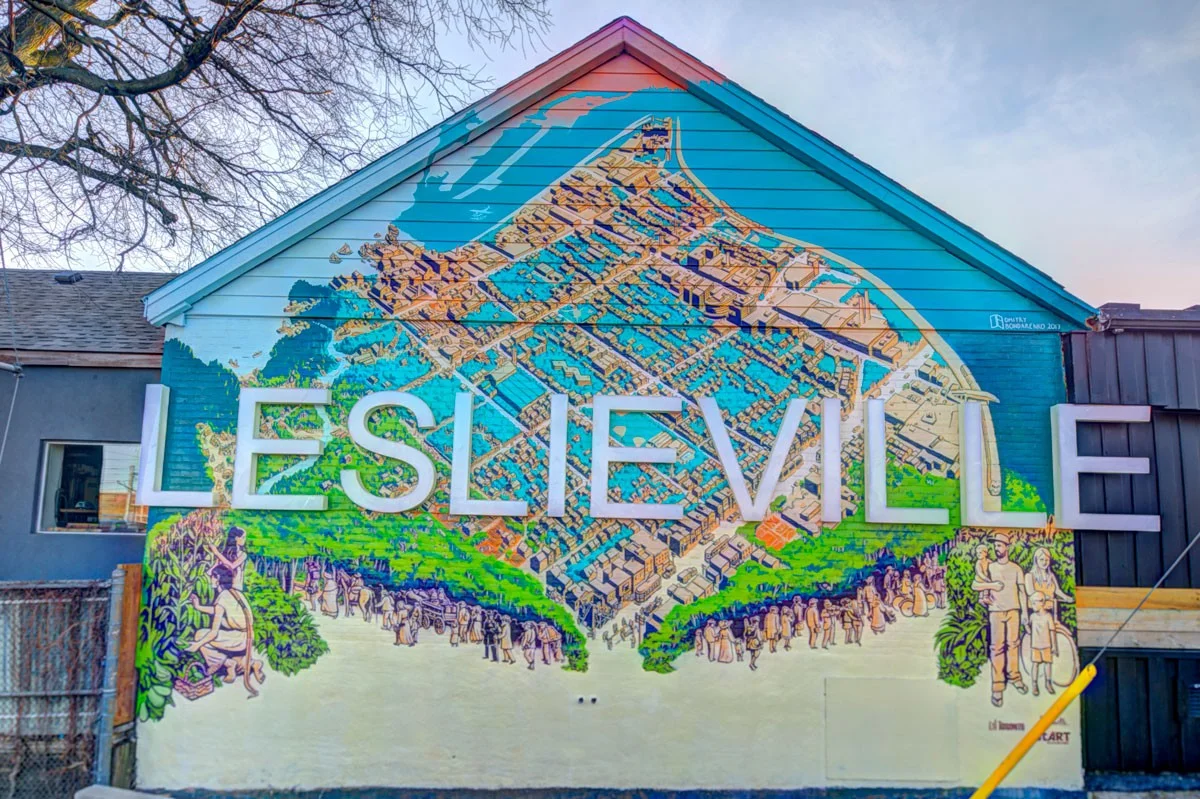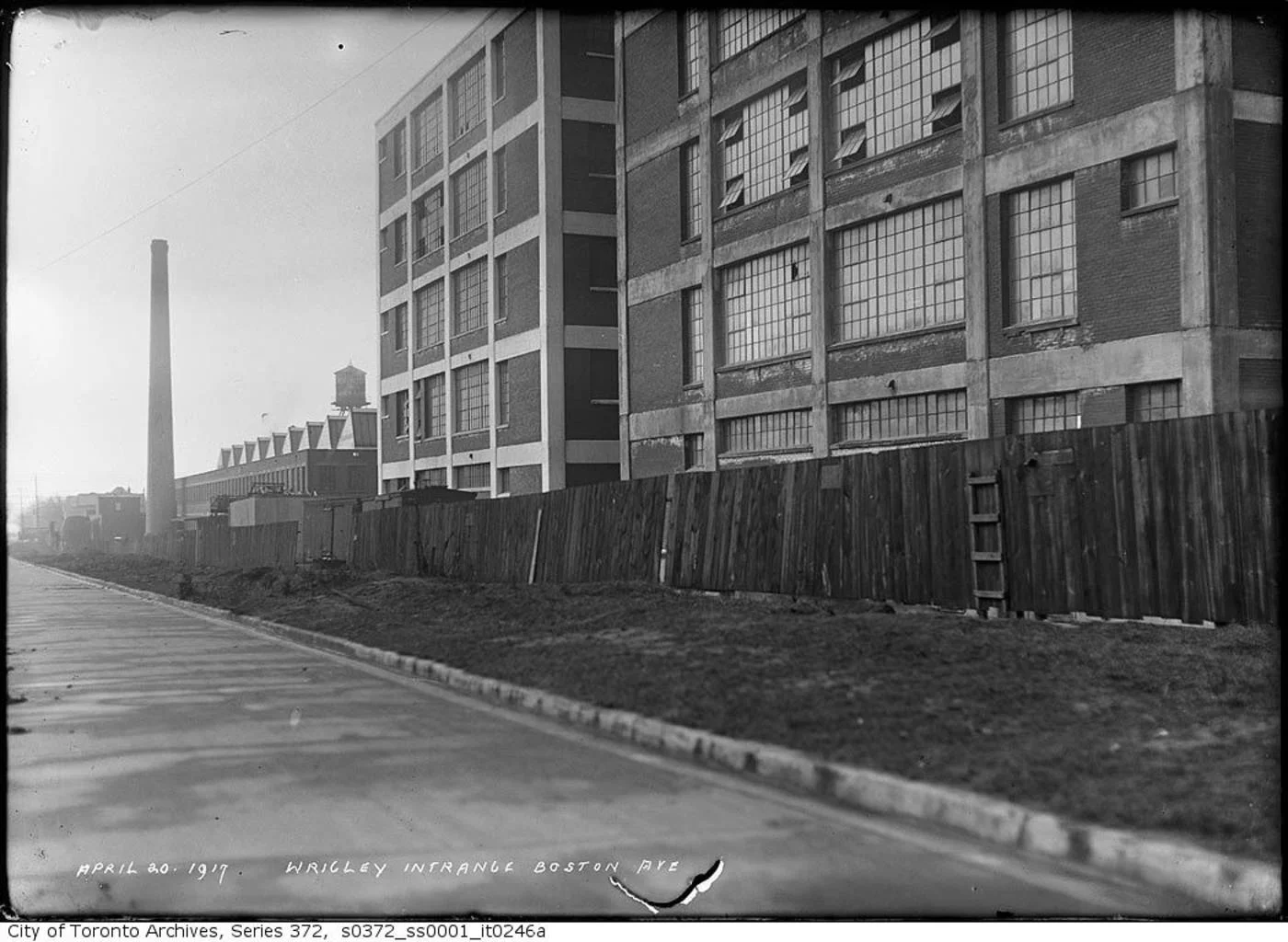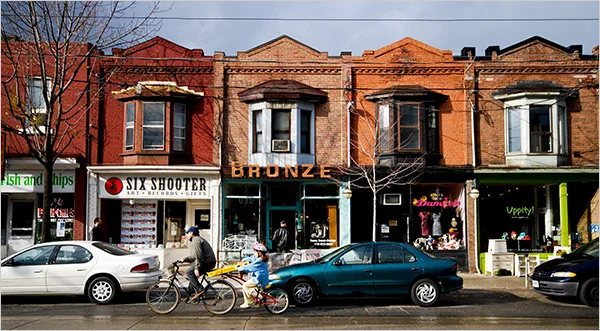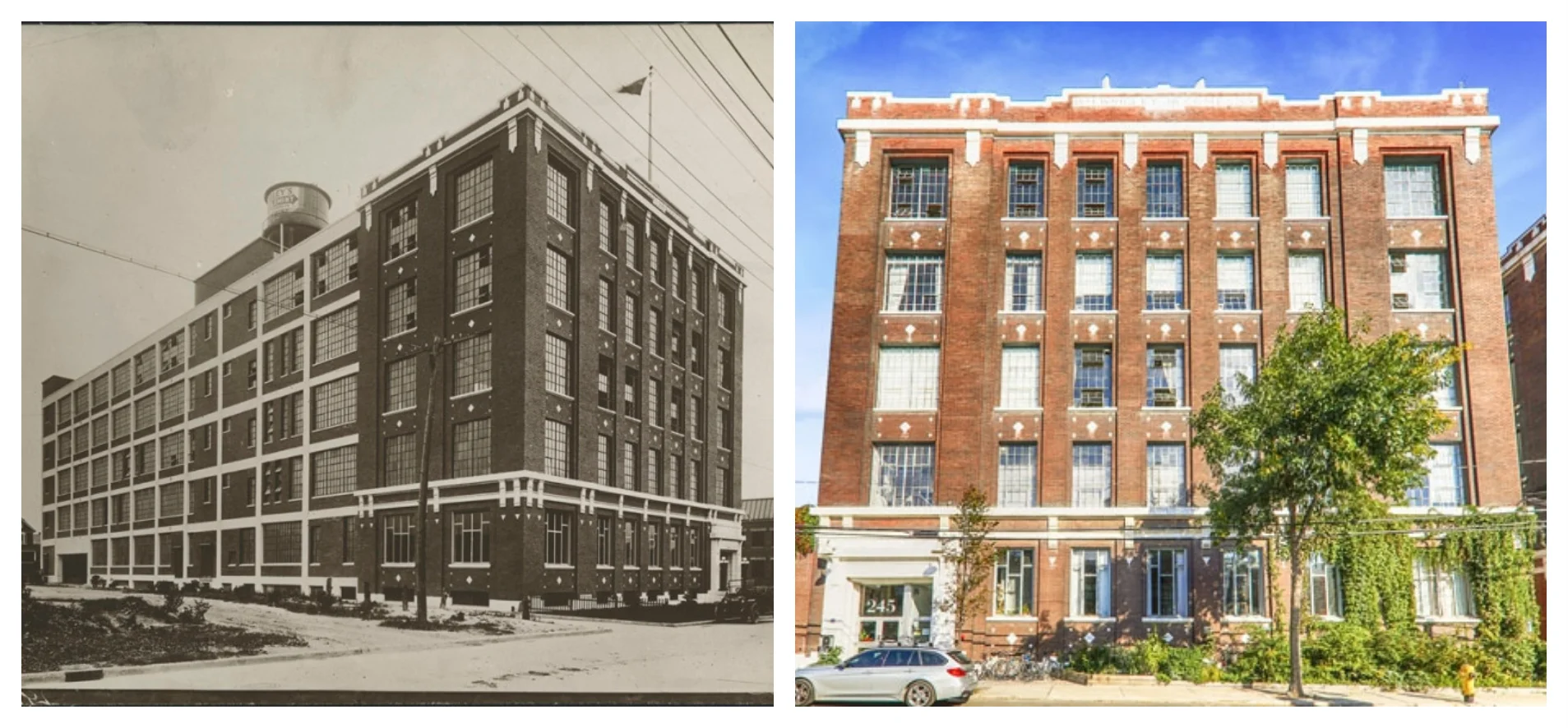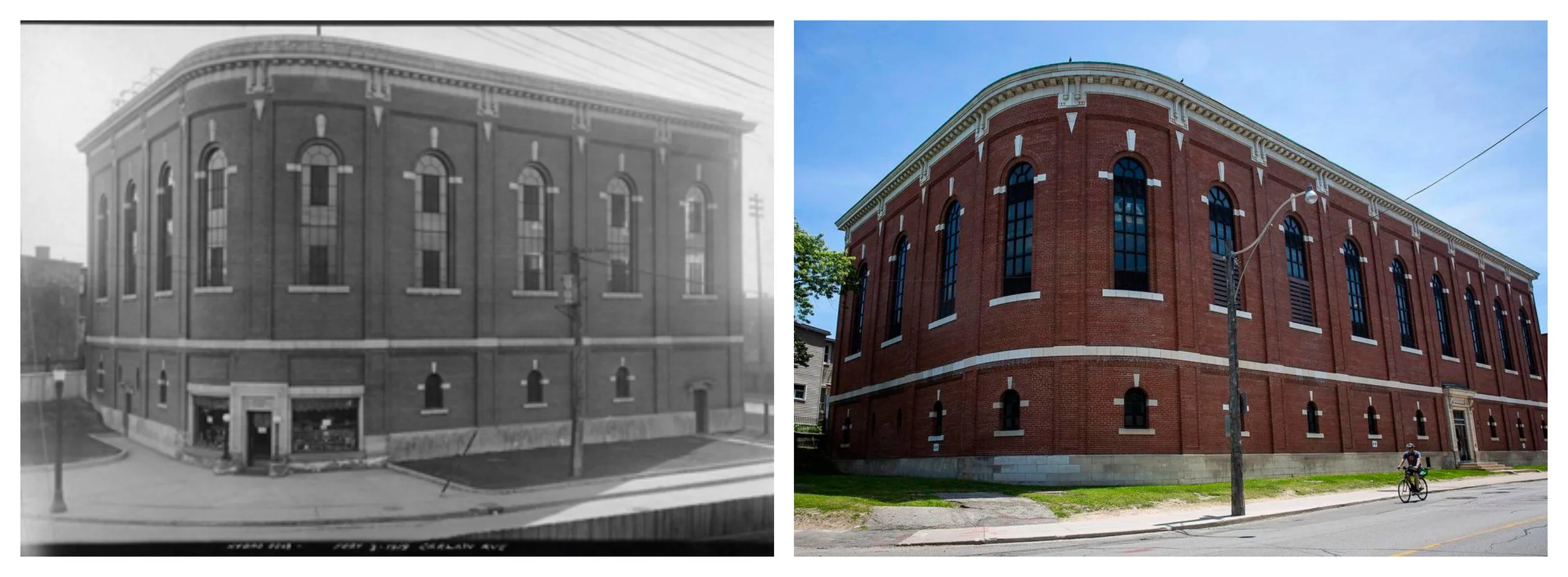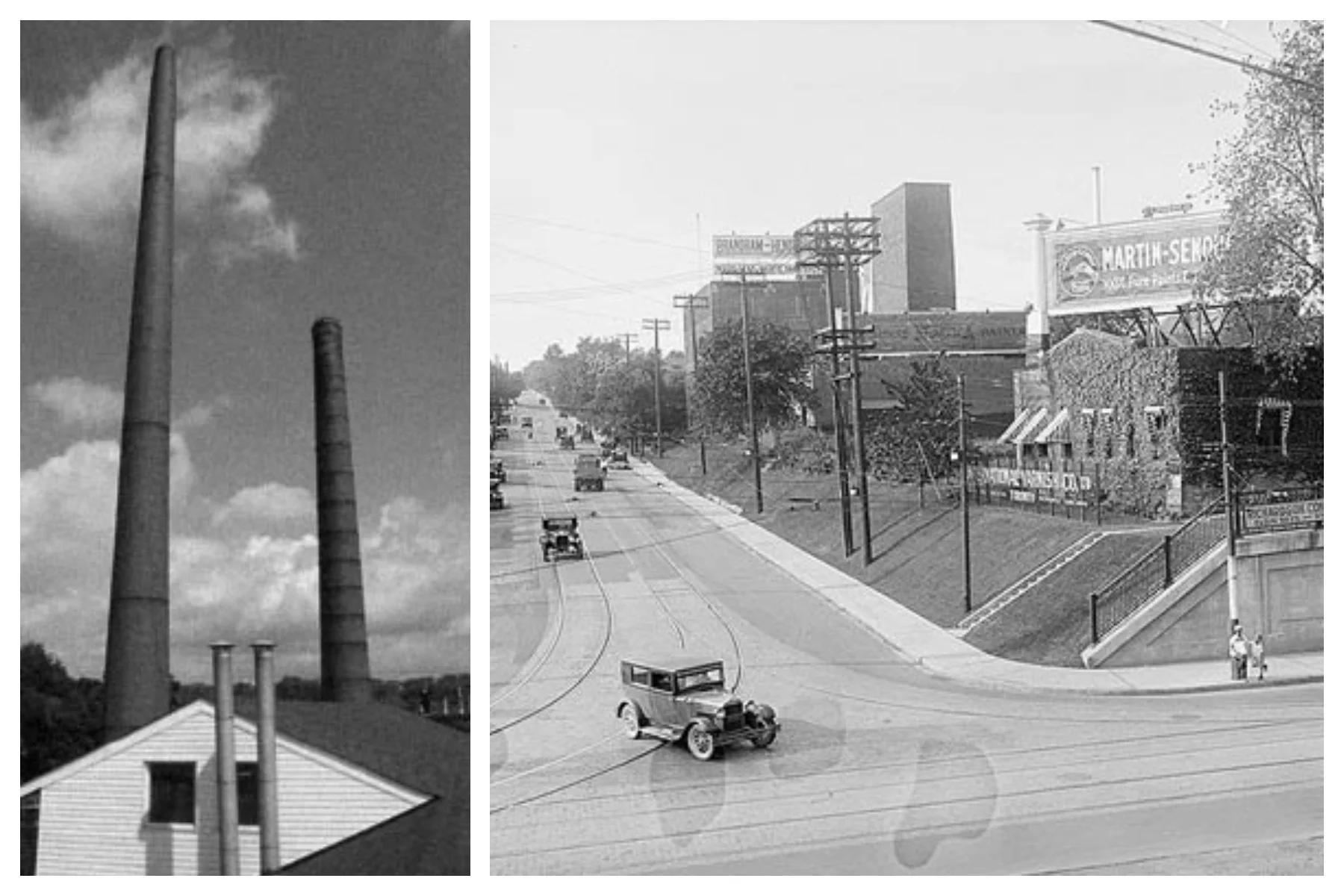September 4th, 2018
Leslieville, an east-end neighbourhood in Toronto is considered to be one of the city’s most popular places to dine, drink, shop and live. However, 20 years ago you would not recognize the area because it was heavily industrial with a concentration of factories and warehouse buildings often housing my friends from art and design school. Today, with the changing to the residiential building zones those warehouse buildings have been renovated into beautiful loft apartments and shape the character of the main streets; Carlaw Ave., and Gerrard Street. The old architecture remains deeply connected with Leslieville's history and identity.
Like all historically significant buildings in Toronto, properties are protected against demolition or significant alteration of the facades as described in the Heritage Act. In this blog, we give a few tips on how to navigate renovation in historically significant buildings like those you find in Leslieville. This blog is a snap shot of our process in relation to historic buildings.
Wrigley Co. Factory, 1917.
1. Healthy client relationship.
A collaborative, team approach ensures that both our vision and the client’s vision come to life. Each project is spearheaded by Theresa Casey. We work to establish communication lines to work directly with our client's needs, including how these tie in with the requirements of historically significant buildings in Toronto.
2. Working together on one vision.
We work with clients on all phases of the project, including: budgeting, design, space planning, detail development, material selection,project management, furnishings and accessories and final implementation.
3. Don’t be afraid to play.
There is a lot of opportunity to do playful things, while also keeping the integrity of historical spaces. This means being able to combine contemporary design that compliments historical architecture.
4. Preserve the street-view façade.
We work closely with the architect to ensure the street-view façade is maintained as they are protected by Code. Maintaining the character is paramount to maintaining the neighbourhood’s identity.
Leslieville today has the Arts and Crafts Bungalow style housing as well as the Toronto Bay-and-Gable styles of the 1880s.
5. Budget the time needed to replicate era-appropriate details.
Custom-made details take time, especially those that need to adhere to era-appropriate styles. Casey Design is experienced in creating details that both compliment and replicate the era in which historical properties are built.
6. Old architecture needs love.
With historical buildings you never know what kind of problems from the past you could encounter – such as moisture problems, structural problems - anything is possible with old buildings. The first element of a historical renovation is giving the place a lot of love! We work with the architect to make sure existing buildings are restored (where needed) and fit for renovation.
Below are some historical photographs of the architecture in Leslieville, Toronto.
The Wrigley Building (245 Carlaw Avenue) was completed in 1916. The Wrigley Building Today (right.)
Carlaw Hydro Building 1919 (left) and today (right.)
More historical imagery of Leslieville.
Old industrial chimney stacks (left) and view of Carlaw and Gerrard looking north, in the 1900's (right).

